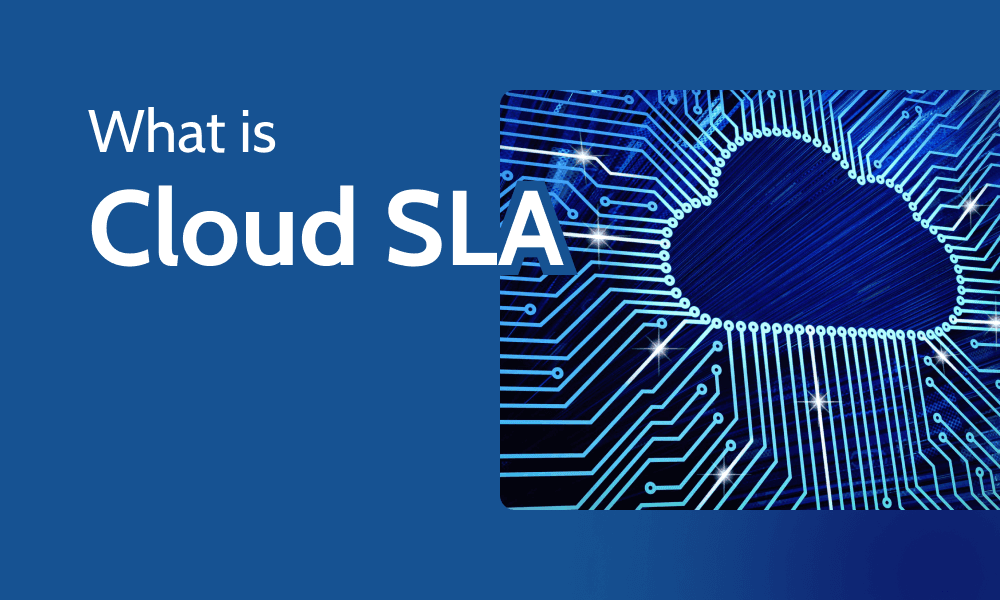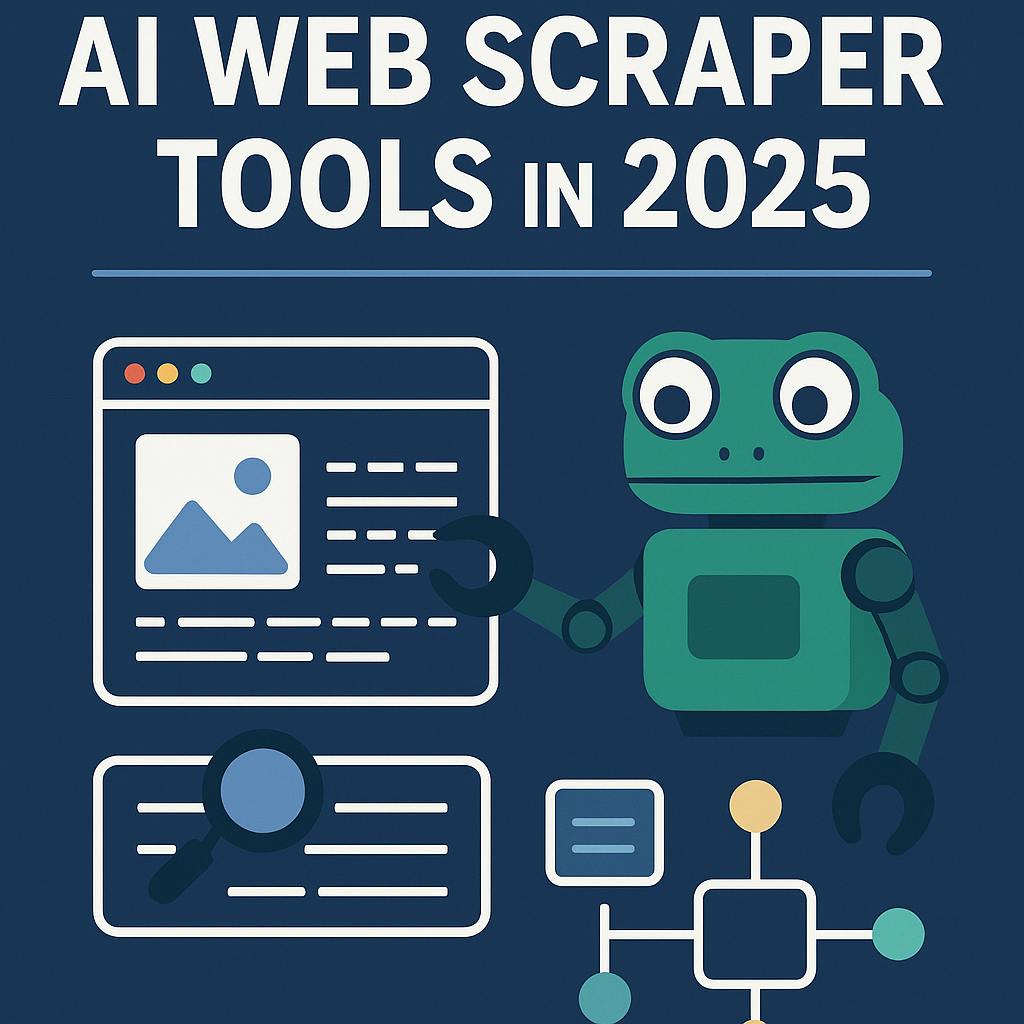Table of Links
Abstract and 1. Introduction
1.1 Background
1.2 Motivation
1.3 Our Work and Contributions and 1.4 Organization
-
Related Work
2.1 Mobile AIGC and Its QoE Modeling
2.2 Blockchain for Mobile Networks
-
Preliminaries
-
Prosecutor Design
4.1 Architecture Overview
4.2 Reputation Roll-up
4.3 Duplex Transfer Channel
-
OS2a: Objective Service Assessment for Mobile AIGC
5.1 Inspiration from DCM
5.2 Objective Quality of the Service Process
5.3 Subjective Experience of AIGC Outputs
-
OS2A on Prosecutor: Two-Phase Interaction for Mobile AIGC
6.1 MASP Selection by Reputation
6.2 Contract Theoretic Payment Scheme
-
Implementation and Evaluation
7.1 Implementation and Experimental Setup
7.2 Prosecutor Performance Evaluation
7.3 Investigation of Functional Goals
7.4 Security Analysis
-
Conclusion and References
6 OS2A ON PROSECUTOR: TWO-PHASE INTERACTION FOR MOBILE AIGC
6.1 MASP Selection by Reputation
6.2 Contract Theoretic Payment Scheme
Since MASPs invest tremendous physical resources in AIGC inference, they should be incentivized to ensure the network’s economic equilibrium. However, producing an appropriate payment scheme is challenging, especially in public mobile networks without mutual trust. The most critical concern is moral hazard, i.e., MASPs may actually invest less resources than what they committed to obtain illegal revenue. To this end, we employ contract theory [14], [57] to optimize the payment scheme design.
6.2.1 Problem Formulation
We set the payment scheme as post-paid, i.e., clients pay the service fee after receiving the AIGC outputs. Compared with pre-paid/subscription, clients can be encouraged to participate in mobile AIGC by post-paid due to the lack of trustworthiness in mobile environments. Note that such a setting will not lower MASPs’ profits since the fee-ownership transfer protocol mentioned in Section 4.3 can defend the repudiation of both sides. Furthermore, the amount of the AIGC service fee is designed as
1) Utility of Clients: Each client can gain profits from the AIGC outputs in multiple ways, e.g., offering Metaverse services for downstream markets using the brought AIGC avatars or directly reselling the outputs to others. Nonetheless, the physical resources leased by MASPs should be rewarded. Hence, the utility of the client is defined as the subtraction between these two parts, i.e.
2) Utility of MASP: MASPs gain profits by conducting AIGC inferences for clients. Their costs come from two sources. Firstly, the AIGC inferences consume enormous computation resources and power. Additionally, MASPs should pay the transaction fee for channel establishment if the channels between them and the target clients have not been built. Therefore, the utility of MASPs can be expressed as
The first constraint is Incentive Compatibility (IC), which emphasizes that the resources actually invested by MASPs should lead to the highest USP. Note that IC reflects the intrinsic pursuit of MASPs to maximize their revenue [58]. The second constraint, i.e., Individual Rationality (IR), requires that the upper bound of USP should exceed the threshold since MASPs might be reluctant to accept service requests if the resulting revenue is too low [58].
6.2.2 Contract Finding by Diffusion-DRL
Authors:
(1) Yinqiu Liu, School of Computer Science and Engineering, Nanyang Technological University, Singapore ([email protected]);
(2) Hongyang Du, School of Computer Science and Engineering, Nanyang Technological University, Singapore ([email protected]);
(3) Dusit Niyato, School of Computer Science and Engineering, Nanyang Technological University, Singapore ([email protected]);
(4) Jiawen Kang, School of Automation, Guangdong University of Technology, China ([email protected]);
(5) Zehui Xiong, Pillar of Information Systems Technology and Design, Singapore University of Technology and Design, Singapore ([email protected]);
(6) Abbas Jamalipour, School of Electrical and Information Engineering, University of Sydney, Australia ([email protected]);
(7) Xuemin (Sherman) Shen, Department of Electrical and Computer Engineering, University of Waterloo, Canada ([email protected]).

















